Introduction
Florida, often referred to as the "Sunshine State," boasts a diverse and dynamic climate that makes gardening both exciting and rewarding. With its warm temperatures and abundant rainfall, Florida's native plants thrive and support the local ecosystem by providing food and shelter for wildlife. Planting native species is not only environmentally friendly but also a smart choice for gardeners looking to create sustainable landscapes. In fact, native plants require less water, fertilizers, and pesticides, making them easier to maintain and beneficial to the environment. Did you know that landscapes consisting of 80% native plants can save up to 100 gallons of water per year? This statistic highlights the immense benefits of integrating native flora into our gardens.

Understanding Florida's Climate and Ecosystems
Overview of Florida's Climate Zones
Florida's climate is characterized by its diversity across different regions, each offering a unique environment for specific plant species. Understanding these zones is crucial for selecting the right plants.
South Florida
South Florida exhibits a tropical climate, marked by hot, humid summers and mild, dry winters. The region's proximity to the equator allows for a remarkable variety of tropical plants that are suitable for year-round growth.
Central Florida
Central Florida has a subtropical climate, with temperatures that fluctuate more significantly than in the southern region. This area experiences cooler winters and hotter summers, making it ideal for a diverse range of plant species that can handle seasonal changes.
North Florida
In North Florida, the climate becomes more temperate, featuring cool winters and hot, humid summers. This region supports plants that are resilient to the occasional frost and benefit from seasonal precipitation.

Benefits of Planting Native Species
Planting native species is a crucial component of developing a sustainable garden that harmonizes with Florida's natural ecosystems.
Water Efficiency
Native plants are adapted to the local climate and soil conditions, which significantly reduces the need for supplemental watering. This characteristic is particularly valuable in a state where water conservation is a priority.
Support Biodiversity
By planting native species, gardeners contribute to the preservation of local wildlife habitats. These plants provide food and shelter for a variety of pollinators, birds, and other animals, fostering a diverse and balanced ecosystem.
Low Maintenance
Native plants are inherently resilient to the pests and diseases prevalent in their natural environment, minimizing the need for pesticides and fertilization. This attribute allows for a low-maintenance garden that is both cost-efficient and environmentally friendly.
Top Native Plants to Grow in Florida
Discovering the perfect native plants for your garden depends on your regional climate and the ecosystem you wish to create. Here, we explore some of the best choices for planting in Florida.

Florida-Friendly Trees
Southern Live Oak (Quercus virginiana)
The Southern Live Oak is an iconic tree known for its sprawling branches and resilience in varied climates. This majestic tree thrives throughout Florida, providing shade and habitat for wildlife.
Sabal Palm (Sabal palmetto)
Designated as the state tree of Florida, the Sabal Palm is a versatile species that adapts well to both coastal and inland environments. Its striking fan-shaped fronds add a tropical touch to any landscape.
Native Shrubs and Bushes
Firebush (Hamelia patens)
Firebush is a vibrant flowering shrub known for its tubular red flowers that attract butterflies and hummingbirds. This drought-tolerant plant thrives in well-drained soils across Florida.
Simpson's Stopper (Myrcianthes fragrans)
The evergreen Simpson's Stopper, with its aromatic foliage and small white flowers, is a hardy shrub that performs well in sun and shade. It's perfect for creating privacy hedges in Florida gardens.
Perennials and Flowers
Black-Eyed Susan (Rudbeckia hirta)
The cheerful yellow blooms of Black-Eyed Susan make it a popular choice for adding color to Florida landscapes. This perennial is easy to grow and attracts a variety of pollinators.

Coontie (Zamia pumila)
Coontie is a low-growing perennial that resembles a fern. Known for its historical uses by indigenous peoples, this plant is excellent for shaded areas and requires minimal care.
Spring Planting Tips for Floridians
With spring just around the corner, it’s time to prep your garden for a successful planting season.
Choose the Right Plants for Your Area
Select plants that match your specific climate zone to increase the likelihood of success. Consider local soil conditions and landscape design to create a harmonious garden setting.
Timing is Key
Plant early in spring after the last frost in North Florida; in Central and South Florida, you can start even earlier due to milder temperatures.
Adequate Water and Care
While native plants require less water, initial watering after planting is crucial for establishment. Gradually reduce watering as plants become accustomed to natural rainfall.

Enhance Your Garden with Plantology's Selection
At Plantology, we are committed to helping you cultivate a garden that thrives in Florida's unique environment. We offer a wide range of native and adaptable plant species tailored for your needs.
Adonidia Palm Selection
Known for its graceful appearance and low maintenance, the Adonidia Palm Double, Single, and Triple variants adapt beautifully to the Florida climate, creating a lush tropical paradise in your backyard.
Agave and Aglaonema
If you desire a garden that boasts exotic flair with minimal upkeep, consider our collection of agave plants and the stunning Aglaonema Silver Bay. From the Agave Blue to the Caribbean Agave, these species are perfect for arid settings and provide a strong architectural presence.
Shop Now and Transform Your Garden
Discover our full range of products and start building your dream landscape today. Visit Plantology to explore our selection, designed to meet the unique needs of Florida's gardeners.

Conclusion
Spring is a season of new beginnings and the perfect opportunity to enrich your garden with native Florida plants. By selecting the right species for your specific climate zone, you will not only create a beautiful landscape but also contribute to environmental sustainability. Choose plants that align with the natural beauty of Florida's diverse ecosystems, and rely on Plantology's expert offerings to help you achieve gardening success. Integrate native species into your garden and enjoy a flourishing, wildlife-friendly space all year round.
Advanced Gardening Practices and Techniques
Enhancing your Florida garden with an eye towards sustainability and ecological balance can be achieved through advanced gardening practices. By integrating modern techniques and understanding local environmental dynamics, gardeners can create landscapes that thrive with minimal intervention.
Soil Health and Management
One of the cornerstones of successful gardening is soil health. In Florida, where soil types range from sandy coastal soils to the rich, organic muck soils of the Everglades, understanding and managing soil health is crucial. Conducting a soil test can provide valuable insights into the pH, nutrient levels, and texture of your soil, allowing you to amend it accordingly. Adding organic matter, such as compost, can enhance soil structure, improve nutrient retention, and support beneficial microbial communities.

Companion Planting and Biodiversity
Companion planting involves grouping plants together that can mutually benefit one another, fostering a biodiverse and resilient garden. In Florida, planting marigolds alongside vegetables can help deter pests like nematodes due to the compounds released by marigold roots. Additionally, mixing herbs like basil and rosemary among your flowers not only repels certain insects but also enriches the diversity of your garden ecosystem, attracting pollinators that boost productivity.
Efficient Irrigation Systems
While native plants generally require less water, efficient irrigation systems further ensure that water usage is minimized. Drip irrigation systems are ideal for Florida gardens, delivering water directly to plant roots and minimizing evaporation. Smart irrigation controllers that adjust watering schedules based on local weather conditions can further optimize water usage, ensuring plants receive adequate moisture without wastage.
Common Challenges and Solutions in Florida Gardening
Gardening in Florida comes with its set of unique challenges, from unpredictable weather patterns to pest invasions. However, with knowledge and preparation, gardeners can tackle these issues effectively.
Weather Extremes
Florida's climate is notorious for its extremes, including heavy rains, hurricanes, and occasional droughts. Preparing for these events involves choosing wind-resistant plants and designing gardens with adequate drainage systems to prevent waterlogging. Raised beds can help protect plants against flooding, and selecting drought-tolerant species ensures resilience during dry spells.

Pest Management
Florida's warm climate is conducive to a variety of pests such as aphids, whiteflies, and fungal diseases. Integrated Pest Management (IPM) techniques focus on prevention and use a combination of methods to manage pests sustainably. These methods include introducing beneficial insects like ladybugs, encouraging birds that feed on insects, and using organic pest control solutions such as neem oil. Regular monitoring of plants for signs of distress and removing infected materials promptly can help keep pest populations in check.
Navigating Non-Native Plant Invasions
Invasive non-native plants can outcompete local flora and disrupt ecosystems. It’s important for gardeners to recognize these species and manage their growth. Plants such as Brazilian Pepper and Australian Pine are examples of invaders that should be removed from garden spaces. Vigilant monitoring and early intervention are key to preventing these plants from gaining a foothold in your garden.
Creating a Wildlife-Friendly Garden
Gardens that accommodate wildlife support biological diversity and contribute to the well-being of Florida's native fauna. By providing key resources, gardeners can transform their spaces into havens for a wide range of creatures.

Establishing Shelter and Habitat
Incorporating elements like brush piles, birdhouses, and bat boxes provides shelter for diverse species. Planting a range of structures and heights, such as tall trees, shrubs, and ground covers, creates a tiered habitat that supports birds, small mammals, and insects.
Pollinator Gardens
Butterflies, bees, and hummingbirds are essential pollinators that can be attracted through specific plant choices and garden design. Incorporating a variety of flowering plants with staggered blooming times ensures a consistent food source throughout the season. Milkweed, a native host plant for Monarch butterflies, is particularly important for supporting their lifecycle.
Water Features
A water source, such as a small pond, birdbath, or rain garden, can significantly enhance the appeal of your garden for wildlife. These features provide drinking water and breeding grounds for creatures like frogs and dragonflies, while also offering cooling habitats during Florida's hotter months.
Building a Community Around Gardening
Gardening is not only an individual endeavor but also an excellent way to engage with communities and foster collective environmental stewardship.
Participating in Local Gardening Clubs
Joining a local gardening club can be an enriching experience, allowing you to connect with fellow enthusiasts and exchange knowledge on native plants and gardening best practices. Many clubs host tours, workshops, and plant sales that emphasize sustainable gardening principles.

Educational Outreach and Workshops
Sharing knowledge about native plants and sustainable gardening practices can inspire others in the community. Hosting workshops, writing articles, or giving talks at local schools and community centers can spread awareness and enthusiasm for Florida-friendly gardening.
Urban Gardening and Agricultural Projects
Initiatives like community gardens and urban agriculture projects are blooming in cities throughout Florida. These spaces offer residents the opportunity to collaborate on growing food sustainably and understanding the importance of native plants in urban settings. By engaging in these projects, participants can cultivate a sense of community and foster environmental responsibility.
Resources and Support for Florida Gardeners
Accessing the right resources can greatly enhance the gardening experience. Florida offers numerous organizations and support networks dedicated to native plant cultivation and conservation.
University of Florida/IFAS Extension
The University of Florida’s Institute of Food and Agricultural Sciences (IFAS) Extension provides a wealth of resources for gardeners, including plant databases, workshops, and expert advice tailored to Florida's unique environmental needs.

Florida Native Plant Society
The Florida Native Plant Society (FNPS) is a key resource for anyone interested in native plant gardening. Offering educational programs, regional chapters, and an extensive plant directory, FNPS supports gardeners in developing ecologically conscious landscapes.
Local Botanic Gardens
Botanic gardens across Florida, such as the Fairchild Tropical Botanic Garden and the Naples Botanical Garden, showcase native plant species and serve as excellent sources of inspiration and learning. These gardens often offer guided tours, workshops, and volunteer opportunities.
Looking Ahead: The Future of Gardening in Florida
As environmental awareness continues to rise, the future of gardening in Florida leans towards more sustainable practices that prioritize ecological balance and support biodiversity.
Innovations in Sustainable Practices
Emerging technologies and methodologies, such as permaculture design principles and precision agriculture, are reshaping how Floridians approach gardening. Techniques that use less water, reduce chemical inputs, and enhance soil health are gaining traction, offering long-term benefits for both gardeners and the broader environment.

Climate Resilience and Adaptation
Climate change impacts, including rising temperatures and increased storm frequency, necessitate adaptive gardening strategies. By selecting resilient plant species and designing gardens to withstand harsh conditions, gardeners can help mitigate some of the adverse effects and ensure thriving green spaces for future generations.
Cultural Shifts Toward Native Plant Landscapes
The growing trend towards native plant landscaping reflects a broader cultural shift towards conservation and sustainable living. As more people understand the essential role that native plants play in local ecosystems, demand for native species in residential and commercial landscapes is likely to increase, further promoting ecological harmony.
Embracing and driving these changes will position Florida’s gardening community at the forefront of sustainable horticulture practices, setting an example for others to follow. Whether through advanced gardening techniques, community engagement, or environmental advocacy, each gardener's contributions are vital in shaping a thriving, resilient ecosystem.

Explore the possibilities and become part of the movement towards a more sustainable and ecologically aware future. With a wealth of natural resources and a community passionate about creating lasting change, Florida is poised to lead the way in establishing gardens that not only meet the beauty of the state's flora but also support the intricate web of life within it.

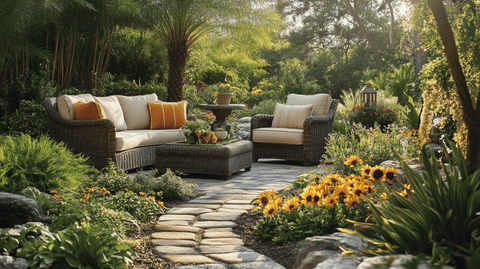

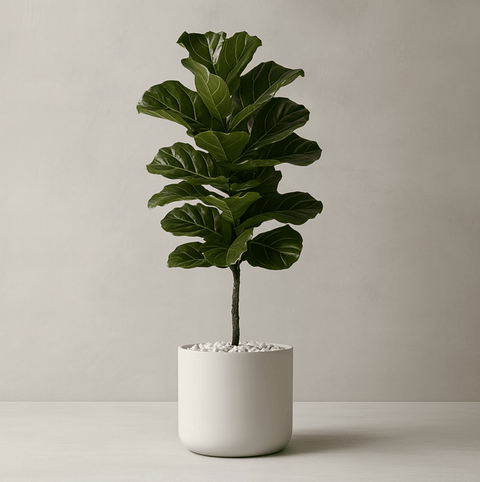
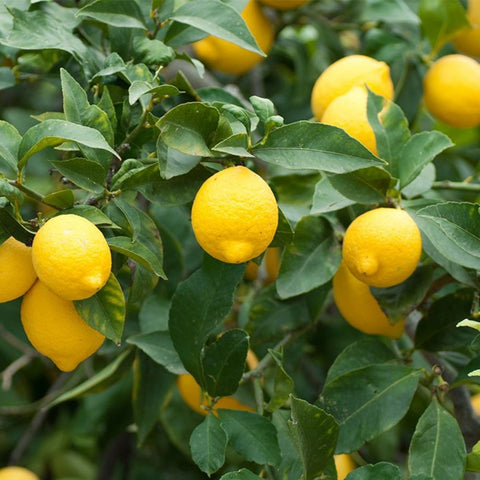
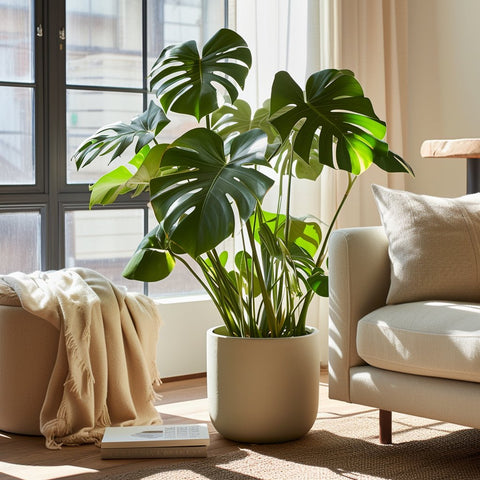
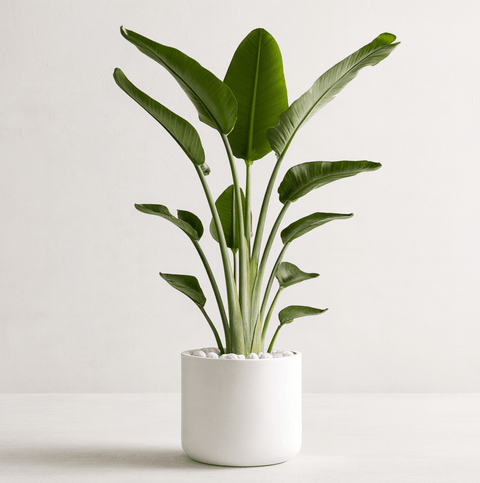

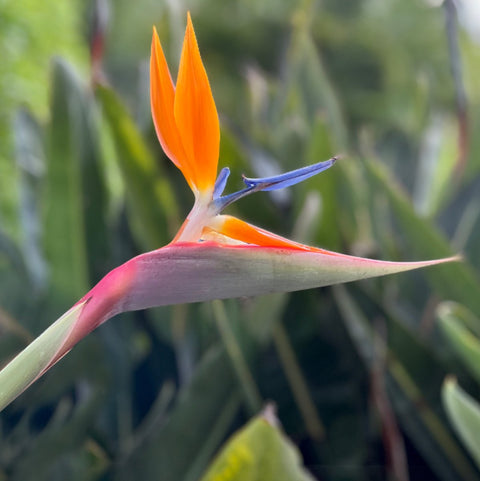
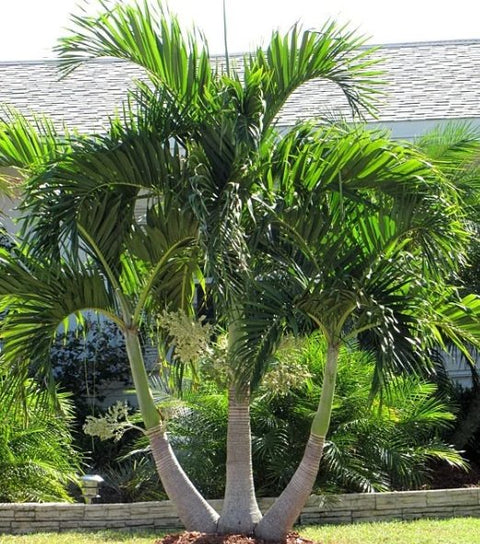
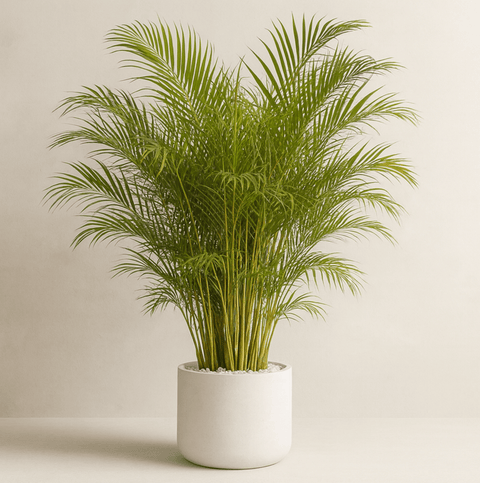
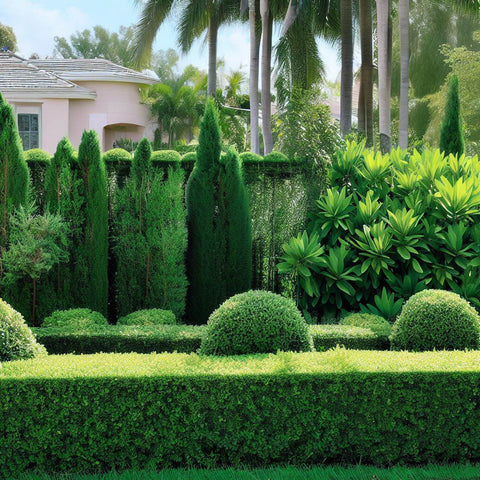

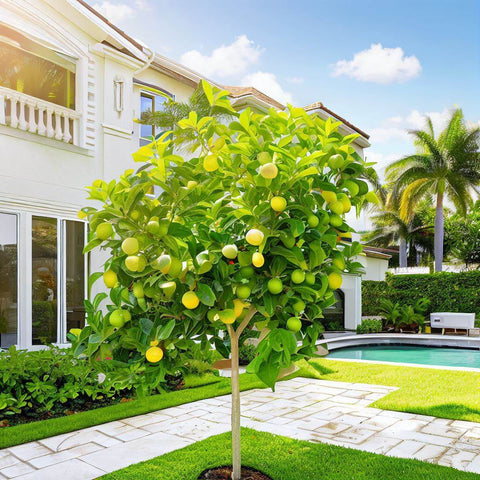
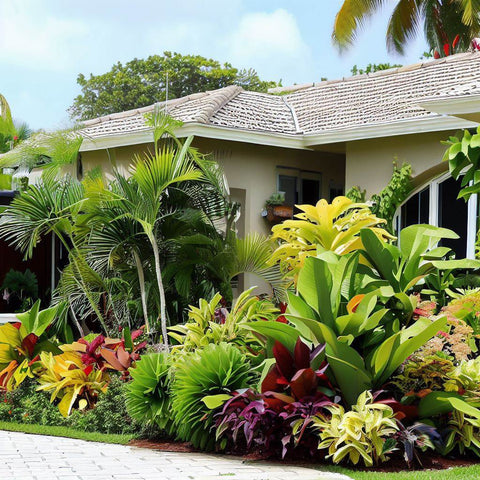

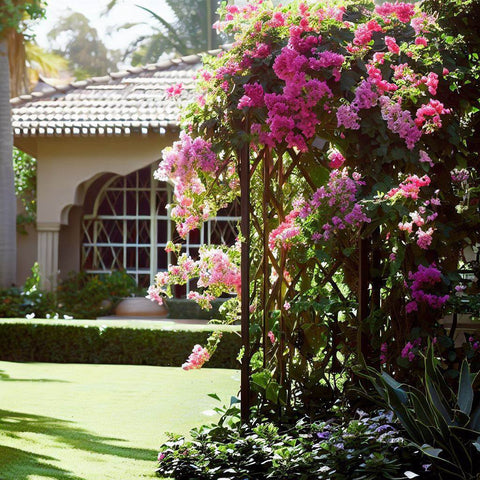
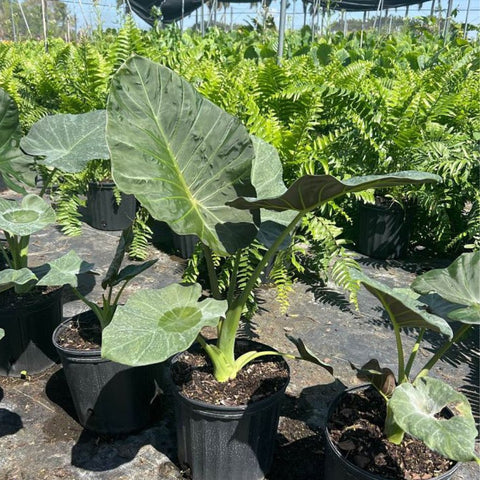
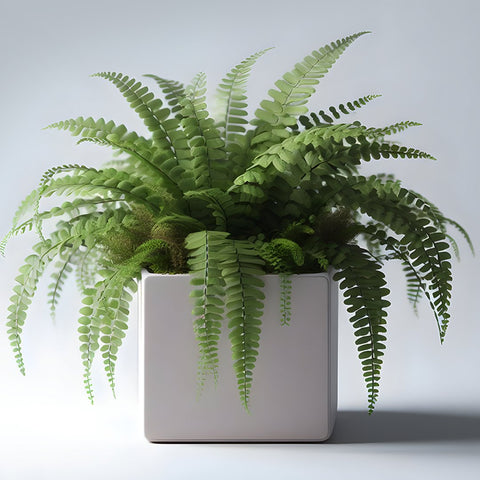

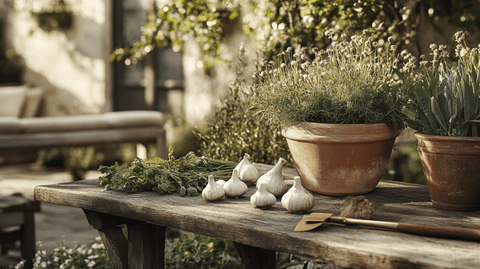

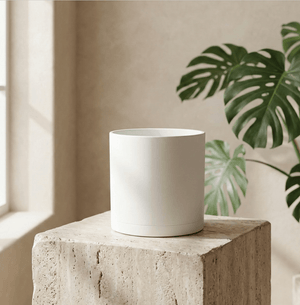
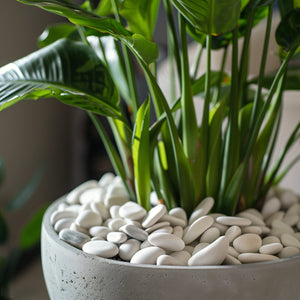

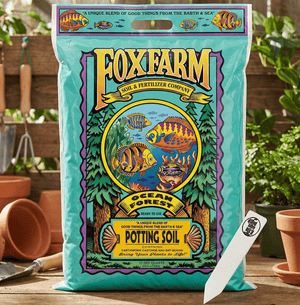
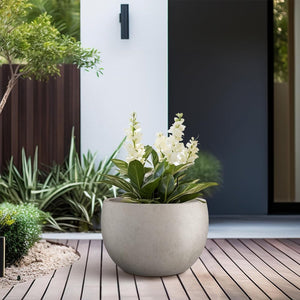
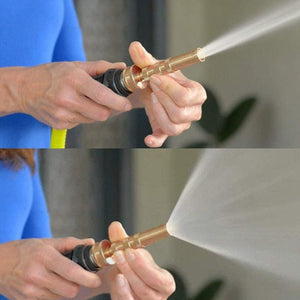


Comments (0)
There are no comments for this article. Be the first one to leave a message!